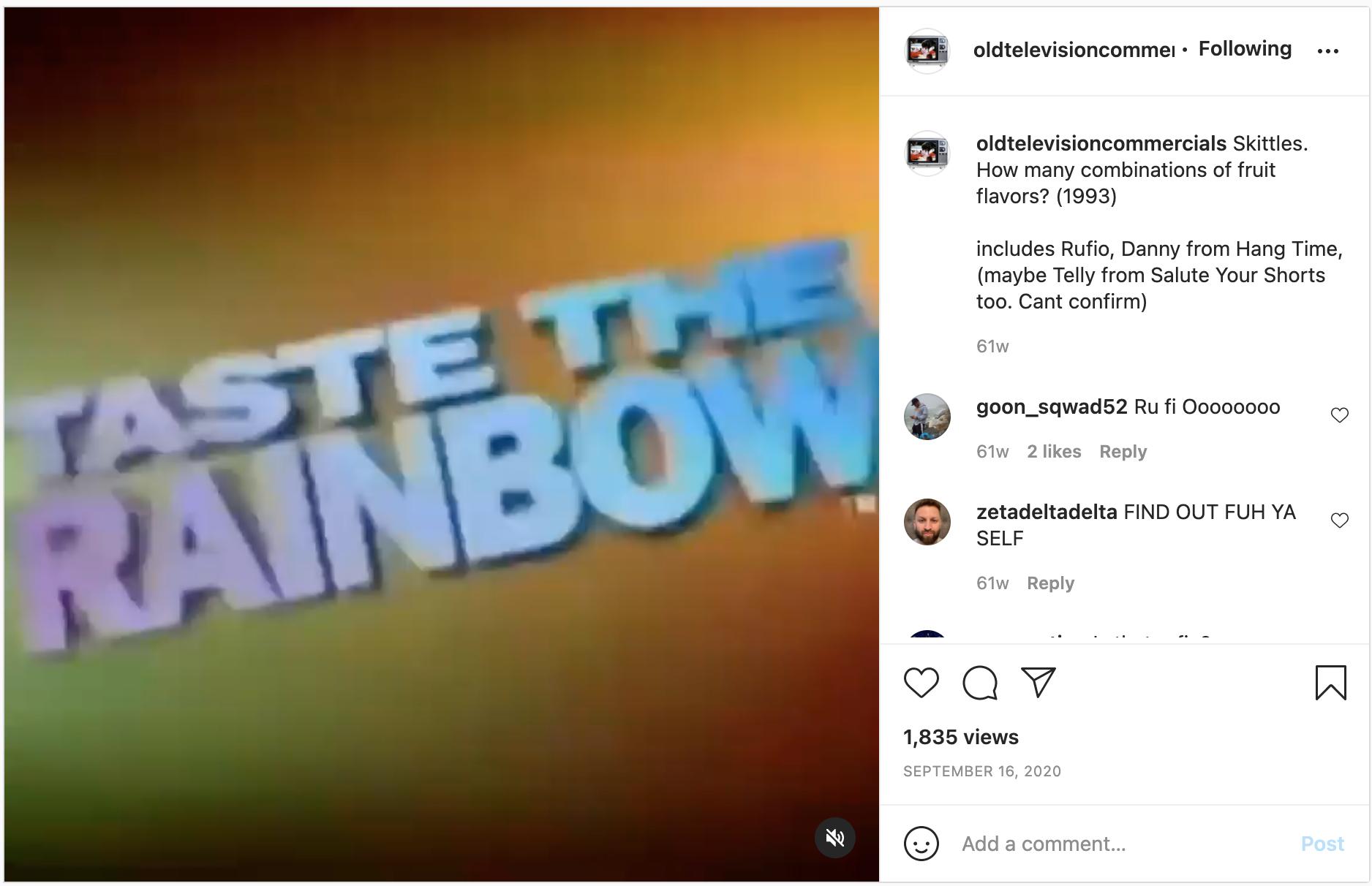Client ····· Anonymous
Subject ···· “Disruptive marketing”
Formats ···· eBook
Subject ···· “Disruptive marketing”
Formats ···· eBook
For a B2B client that incentivizes customer reviews for home goods brands, I wrote an eBook on the history of home goods marketing. In it, I illustrate how campaigns designed to "disrupt" traditional marketing channels evolved alongside technology—from early TV campaigns that matched the tone of what an audience was watching, to today's digital campaigns that match the function of what an audience is doing. I call this "disrupting by fitting in", and close by analyzing 5 campaigns doing this in 2021—along with their implications for the future.
Click on the arrows below to see a few examples.
*Full eBook available by request*
ON INFLUENCERS
Web 2.0 provided another kind of innovation that changed the face of marketing: the influencer. While early Youtube stars—commonly known as Youtubers—began to leverage their niche fame into marketing partnerships, it wasn’t until Instagram that brands really got wise to all the possibilities of a whole new marketing channel. Big-time Instagram celebrities began to promote products in their posts and collect millions of likes from their legions of followers, which dramatically inverted the classic selling formula. Instead of product ads filled with characters that resembled ones the audience was already following, now the real-life characters were featuring the product themselves, all within their own medium.
What made this doubly effective was the hyper-targeting that influencer marketing offered. It had never been easier to sell a very specific product to a very specific audience. A great example of this was Pottery Barn Teen’s 2015 collaboration with Youtuber & Instagram influencer Meg DeAngelis, aka Maybaby. With 1.5 million followers on Instagram & a whopping 4.74 million subscribers on Youtube, DeAngelis commanded a lot of attention—particularly from teens—for her mix of day-in-the-life vlogs, beauty tips and performances.
PBTeen’s partnership was a match for the retailer/manufacturer’s key demographic. Together with Youtube channel AwesomenessTV (8.55 million subscribers), they produced a six-part do-it-yourself design series called Revved Up Rooms, where DeAngelis tackled a different DIY challenge every week.
What made this doubly effective was the hyper-targeting that influencer marketing offered. It had never been easier to sell a very specific product to a very specific audience. A great example of this was Pottery Barn Teen’s 2015 collaboration with Youtuber & Instagram influencer Meg DeAngelis, aka Maybaby. With 1.5 million followers on Instagram & a whopping 4.74 million subscribers on Youtube, DeAngelis commanded a lot of attention—particularly from teens—for her mix of day-in-the-life vlogs, beauty tips and performances.
PBTeen’s partnership was a match for the retailer/manufacturer’s key demographic. Together with Youtube channel AwesomenessTV (8.55 million subscribers), they produced a six-part do-it-yourself design series called Revved Up Rooms, where DeAngelis tackled a different DIY challenge every week.


old school influencers
The series played into the audience’s emotional need for individuality (what teen doesn’t like customizing their bedroom?) while featuring PBTeen’s products in a prominent and quite literally constructive way, anchored by a personality that already had the demo’s trust. With millions of views, the series was a hit, and PBTeen profited accordingly.
This example illustrates a point that’s now well-known amongst brands—when it comes to the right audience, influencer trust can swiftly translate into brand trust; a big upgrade over simple brand awareness (without the extra work of hooking an audience’s emotions with the content itself). It's the complete evolution of the disrupt-by-fitting-in philosophy that gave us the Maytag Man.
This example illustrates a point that’s now well-known amongst brands—when it comes to the right audience, influencer trust can swiftly translate into brand trust; a big upgrade over simple brand awareness (without the extra work of hooking an audience’s emotions with the content itself). It's the complete evolution of the disrupt-by-fitting-in philosophy that gave us the Maytag Man.

